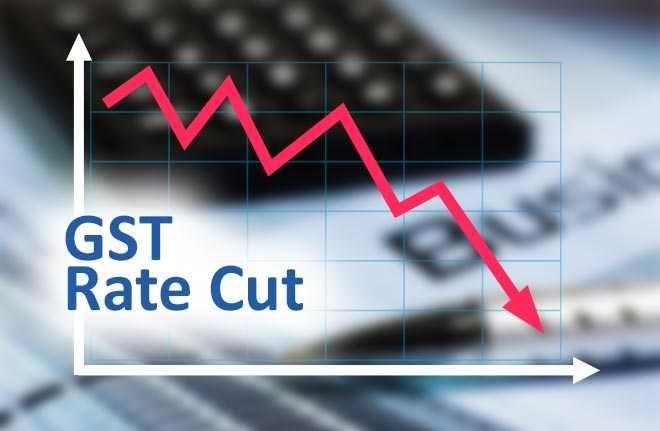GST Rate Cut: How it Will Influence Consumers and Manufacturers
Goods and Service Tax, commonly known as GST is a single indirect tax that came into effect after 1st July 2017. Under the GST bill, a multi-tier tax slab was introduced that eradicated all the other separate taxes that were being levied. The four tax slabs that were introduced and were applicable to commodities and services were- 28%, 18%, 12%, and 5%. These were introduced because it didn’t seem fit to levy the same tax on a daily necessity as the one levied on luxury items.

The Tax Rates Cut
At its 28th meeting, the GST Council made a decision to reduce the tax rates on more than 50 commodities and services ranging from daily use FMCG products to white goods like air conditioners and refrigerators. Under this new tax rate cut, many items that were under 12% or 18% tax slabs now have complete tax exemption. These revised tax rates came into effect on a daily basis from 27th July 2018. The highest slab of 28% has become substantially leaner. Following are some of the items that have had a major effect after the revision:
Sanitary Pads (Exemption)
Marble, Stone and wooden deities (Exemption)
Washing Machine, Refrigerators and freezers (28% to 18%)
Li-ion batteries, electric iron, vacuum cleaners (28% to 18%)
Work trucks, trailers, and semi-trailers (28% to 18%)
Full Cell Vehicle-FCV (28% to 12%)
Anti-profiteering
Many FMCG companies and Quick Service restaurants (QSR) practice passing the tax cuts implemented only on a select few products rather than across the board. For example, after the last tax rate revision in November 2017, air-conditioned restaurants came under the 5% slab, but they did not make subsequent changes to prices on their menus as the GST Rate Cut gave them an input tax credit. But, the latest reforms that came into effect after 27th July 2018 will be putting all the aforementioned businesses under scrutiny and testing the anti-profiteering strategies of the National Anti-Profiteering Authority (NAA/NAPA). These tax cuts are introduced for the benefit of the consumers and need to be passed on to them to improve their ease of living. As the NAA doesn’t have authority to regulate prices, all it can do is champion the law against profiteering and hope that these latest tax revisions aid their campaign.
Mixed feeling amongst manufacturers
One might think that as the taxes on sanitary pads have been lifted the government is becoming more progressive and women-friendly. But, this analysis is only partially correct. The manufacturers of the pads need to pay a lower output tax, but the input tax credit has vanished. The burden of input tax has increased on them. This new measure will not be favorable to the domestic industry. On the other hand, manufacturers of synthetic textiles have agreed to slash their prices by a minimum 5 per cent as the GST on their raw material has been reduced. These manufacturers expect an additional demand for synthetic textiles in coming years due to this rate cut. The white goods sector is rather silent as the tax relief doesn’t affect them as adversely as others. The demand for these products is inelastic, and it doesn’t matter even if their prices come down by 7-8 per cent.
Overall, this GST Rate Cut decision made by the council will surely be beneficial for the customers and in some manner, the manufacturers as well. The Indian business sector is widespread, and it is almost improbable that we will get the same reaction and thoughts about the tax relief from everyone.

One Reply to “GST Rate Cut: How it Will Influence Consumers and Manufacturers”
This is a wonderful read. Thank you.